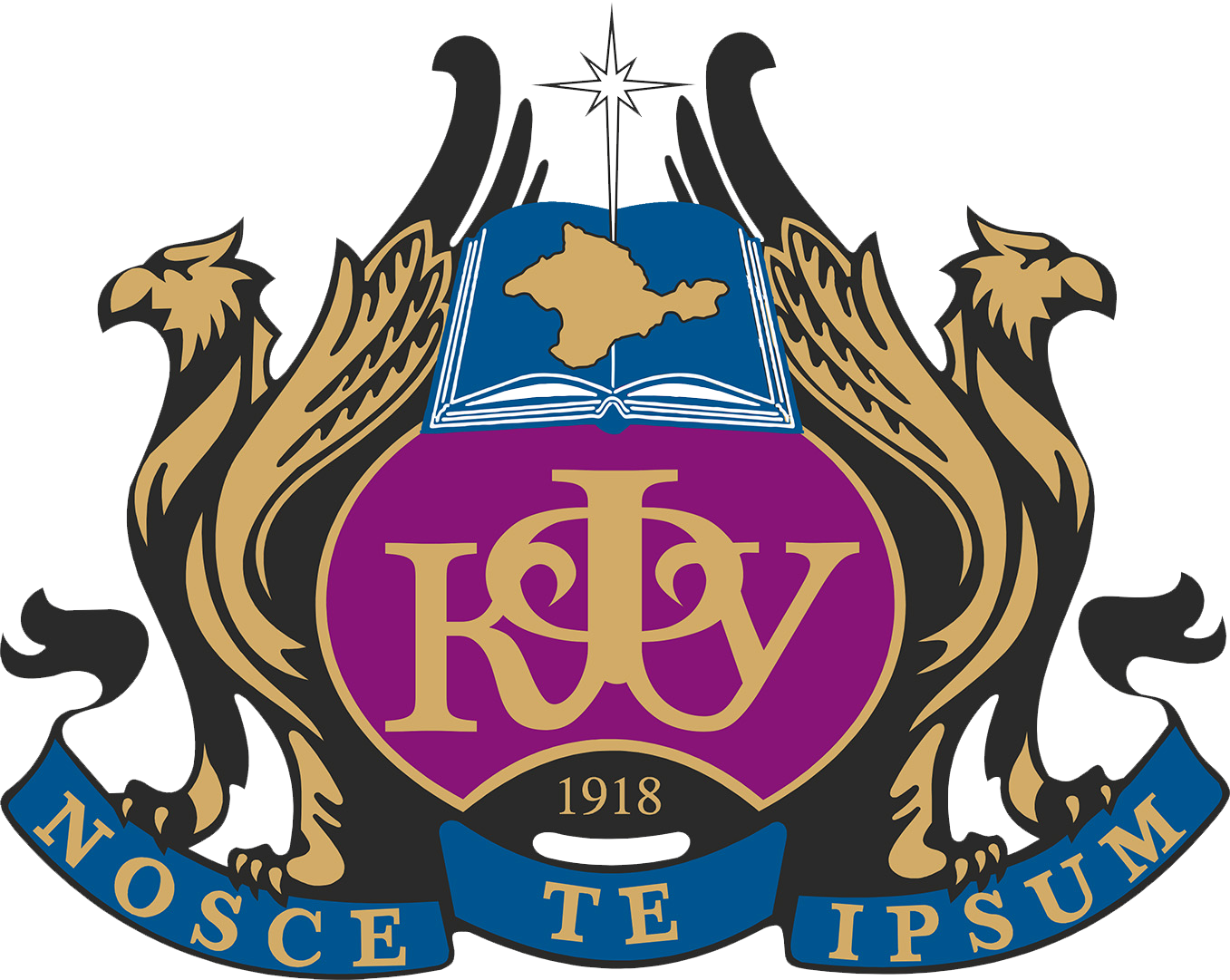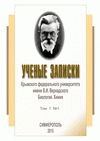This work is dedicated to determining the optimal conditions for producing chitosan microcapsules with a chitosan–dodecyl sulfate shell. Studying its properties will help establish criteria for effective encapsulation and define the scope of microcapsule application by selecting appropriate substances, their concentrations, and formation conditions. A common method for producing microcapsules involves the dropwise addition of the encapsulating polyelectrolyte into a solution containing a surfactant, leading to the formation of a protective membrane on its surface. The properties of the shell were extrapolated from the results of studies on the solid chitosan–dodecyl sulfate complex. Chitosan powder was used to prepare the surfactant-polyelectrolyte complex. Sodium dodecyl sulfate, in the form of granules, was employed as the anionic surfactant. Through preparative methods, X-ray fluorescence analysis, and potentiometric titration, data were obtained regarding the elemental composition and yield of both soluble and insoluble complexes, as well as the degree of saturation of functional groups. Experiments showed that chitosan completely associates with sodium dodecyl sulfate and precipitates only when the surfactant-to-chitosan ratio is two. This condition resulted in no polyelectrolyte in solution, complete precipitation, and a typical ratio of marker elements – sulfur and nitrogen – in the complex. This ratio was used for microcapsule synthesis. To determine the sorption capacity of the microcapsules, an apparatus for their production was created. After a specific contact time with a lead solution, the filtrate was distilled into an analysis container. The mixture obtained after filtration was subjected to voltammetric analysis: a sample and a concentrated background solution containing mercury ions were introduced into an electrochemical cell. Measurements were performed using an ‘Ecotest-VA’ voltammetric analyzer with a rotating disk glassy carbon electrode by anodic stripping voltammetry. Lead ion removal from aqueous solutions reached 84 %, substantially exceeding the sorption of the insoluble chitosan complex and being comparable to activated carbon’s performance. This indicates additional sorption due to lead ions traversing the insoluble surfactant-polyelectrolyte membrane.
chitosan, sodium dodecyl sulfate, encapsulation, sorption, heavy metals, stripping voltammetry, X-ray diffraction analysis, potentiometric titration
1. Semkina O. A. Kriterii ocenki kachestvennyh i kolichestvennyh pokazateley mikrokapsul / O. A. Semkina, O. M. Beloshapkina, M. A. Dzhavahyan // Voprosy biologicheskoy, medicinskoy i
2. Zargar V. A review on chitin and chitosan polymers: structure, chemistry, solubility, derivatives, and applications / V. Zargar, M. Asghari, A. Dashti // ChemBioEng Reviews. – 2015. – Vol. 2, № 3.
3. Yakovishin L. Development and IR spectroscopic analysis of composite materials based on poly(methyl methacrylate) and chitosan / L. Yakovishin, E. Tkachenko, Y. Tolstenko [et al.] // Materials Science
4. Yakovishin L. A. Composite materials based on dental acrylic plastic and chitosan / L. A. Yakovishin, E. V. Tkachenko // Chimica Techno Acta. – 2021. – Vol. 8, № 4. – 20218413.
5. Taranovskaya E. A. Ochistka stochnyh vod s primeneniem hitozana / E. A. Taranovskaya, N. A. Sobgayda, I. N. Alferov [i dr.] // Vestnik OGU. – 2015. – № 10. – S. 322–325.
6. Tkachenko E. V. Izuchenie sorbcionnoy sposobnosti kompleksa hitozan-dodecilsul'fat natriya na primere sorbcii ionov svinca / E. V. Tkachenko, S. V. Rusyaev // Uchenye zapiski Krymskogo
7. Rinodo M. PAV-polielektrolitnye kompleksy na osnove proizvodnyh hitina / M. Rinodo, N. R. Kil'deeva, V. G. Babak // Rossiyskiy himicheskiy zhurnal. – 2008. – T. 52, № 1. – S. 84–91.
8. Vihoreva G. A. Kompleksoobrazovanie v sisteme dodecilsul'fat natriya-hitozan / G. A. Vihoreva, V. G. Babak, E. F. Galich [i dr.] // Vysokomolekulyarnye soedineniya. – 1997. – T. 39, № 6. – S. 947–952.
9. Pyshkina O. A. Polielektrolity / O. A. Pyshkina, O. A. Novoskol'ceva, A. A. Yaroslavov. – M.: MGU, 2022. – 97 c.
10. Pogorelov M. V. Sorbciya ionov metallov materialami na osnove hitozana / M. V. Pogorelov, E. V. Gusak, I. M. Babich [i dr.] // Zhurnal klinicheskih i eksperimental'nyh medicinskih





